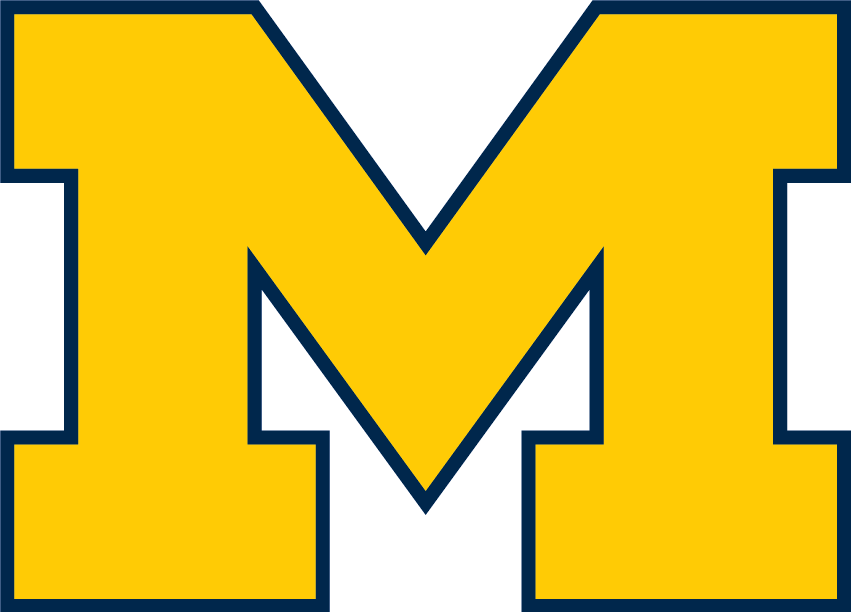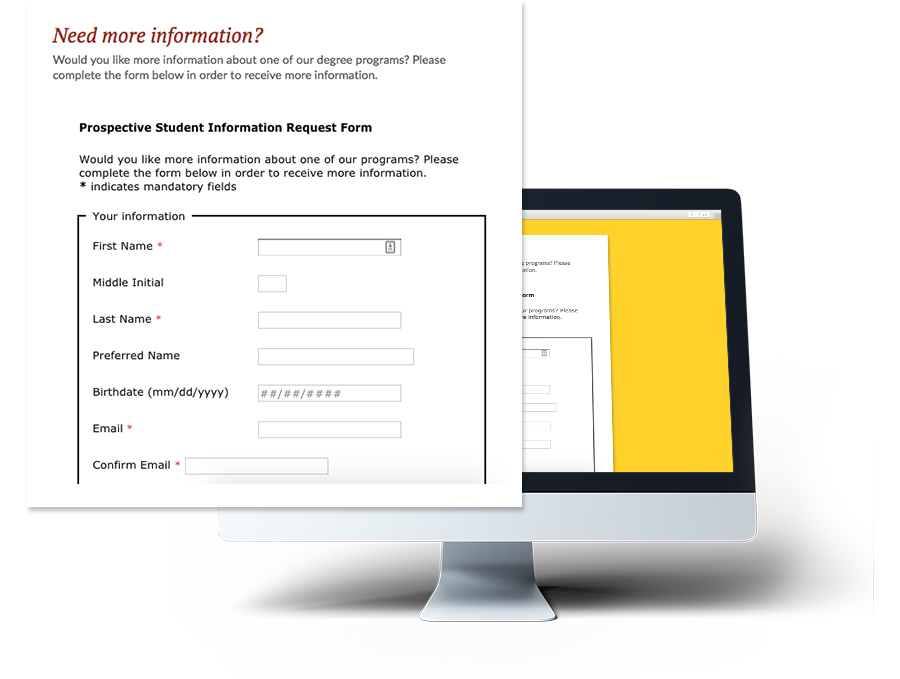

The numbers
3
separate campuses implementing FormAssembly
15
total units benefiting from Salesforce-integrated web forms
Use Cases
Diversity Census
A new diversity census promotes office collaboration.
The initial project that the Center for Educational Outreach started was a Diversity Census for the Office of Diversity, Equity and Inclusion. The yearly census aims to identify activities related to diversity, equity, and inclusion on the University of Michigan’s campus. Unfortunately, information gathered in the past hasn’t enabled the two offices to collaborate and connect as much as they’d like because of the static nature of the information gathered.
“Before FormAssembly, we were collecting data with another tool and every activity was a new row in a spreadsheet,” Skoczylas said. “By being able to connect Salesforce, we’re able to track and link those diversity activities with individuals in the university’s HR database. Then we have connections to what department folks work for.”
Prior to using FormAssembly, individuals would simply report names, but there would be no connection to their identity. By connecting the data sources, staff could glean richer data.
Event Management Forms
Smart web forms make event registration simple.
FormAssembly can be used to create customized event registration forms with multiple questions and fields. That’s one of the main use cases for groups on University of Michigan’s campus that use FormAssembly. These event registration forms allow departments to collect RSVPs and identify details like dietary restrictions and special circumstances.
Program Interest Forms
Basic interest forms create an easy gateway for prospective students.
FormAssembly is excellent for complex forms, but it can also handle any simple use case that comes up, such as the program interest forms that the University of Michigan uses on various program websites.
“We’ve got some intake forms so people who are gathering brand new interest off their website can then create those as contacts inside the system. Then, they use that contact to reach out and learn a little bit more about someone’s interest in that program,” Gould said.

Faculty Life Cycle Survey
A form-based survey will replace an outdated paper process.
Another use case the University of Michigan explored was using FormAssembly for their Faculty Lifecycle Survey, which polls faculty members on their activities so the university can connect that information to merit funding. The previous paper-heavy process became a hassle by presenting the faculty with poor user experience.
“It used to be paper forms for about 80 faculty members between two schools, and they basically had a 10-12 page form to fill out,” Gould said. “Basically it was an administrative nightmare for the groups pulling it together, but it also didn’t offer a very nice user experience for one of the more vocal and important groups on campus, the faculty group. So, we’re out to solve those two issues and also allow for reporting, which will be the first time they’ll be able to do anything on the aggregate level since gathering that data.”
Even in the testing phase, the form helped improve processes in terms of automating workflows in Salesforce and streamlining form questions with repeatable sections.
Internal Process Documents
FormAssembly’s integration features make internal sharing easy.
The Center for Educational Outreach also takes advantage of FormAssembly’s Google integration with forms that manage payment requests from different university offices.
“Our business office staff are able to share and collaborate in Google Sheets and track that information, but the information is getting pushed there through FormAssembly,” Skoczylas said.

Thanks to University of Michigan for sharing their use case!
Interested in learning how your campus can innovate with FormAssembly? Find out more about our uses in higher education.
Don’t just collect data
— leverage it.
